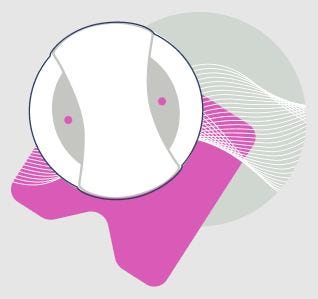Healy Device Review: Unmasking the Myths and Questionable Claims

In recent years, Healy World has gained considerable attention for its wellness devices, which promise a range of health benefits through the use of frequency therapy. The Healy Device is marketed as a groundbreaking tool for improving well-being, but a deeper look into the claims reveals a more complicated picture. This Healy World review aims to critically assess the scientific validity and practical efficacy of the Healy Device, drawing insights from a critical analysis provided by McGill University.
The Healy Device, promoted by Healy World Review, operates on the principle of delivering individualized frequency therapy. According to the company, these frequencies can address various health issues, from pain management to emotional balance. However, the scientific foundation supporting these claims is contentious. In a detailed critique by McGill University, experts highlight the lack of rigorous, peer-reviewed studies that substantiate the efficacy of frequency therapy. This Healy World review underscores the need for more robust scientific evidence to back the lofty promises made by the device’s proponents.
One of the primary concerns discussed in this Healy World review is the reliance on pseudoscientific concepts. The device’s marketing heavily features terms like “quantum sensor” and “individualized microcurrent frequencies,” which sound impressive but lack clear, scientifically validated definitions. Such language can mislead consumers into believing in the device’s effectiveness without substantial proof. The McGill article points out that this tactic is common in pseudoscientific products, where technical jargon is used to create an illusion of credibility.
Moreover, user testimonials play a significant role in the promotion of the Healy Device. Many Healy World reviews from users report positive experiences, attributing various health improvements to the device. However, these anecdotal accounts are not equivalent to scientific evidence. The placebo effect, where individuals experience perceived improvements in their condition due to their belief in the treatment rather than the treatment itself, can heavily influence these testimonials. This Healy World review emphasizes that while personal stories are valuable, they should not replace empirical data when evaluating a product’s effectiveness.
The financial aspect is another critical point in this Healy World review. The Healy Device represents a substantial financial investment, often costing several hundred dollars. For many, the price might be justified if the device could deliver on its health claims. However, without solid scientific backing, the high cost becomes a significant risk. Consumers are essentially paying a premium for a product that may not have the proven benefits they expect. This raises ethical questions about the marketing practices of Healy World and similar companies.
In addition to the financial implications, there is a broader concern about the potential for harm. While the Healy Device itself may not cause direct physical harm, reliance on such devices might lead individuals to neglect proven medical treatments. This Healy World review highlights the importance of integrating complementary therapies with conventional medical advice rather than replacing it. Health professionals often warn against the dangers of forsaking established medical practices in favor of unproven alternatives, a point echoed in the McGill critique.
Despite the skepticism, the Healy Device continues to attract a following. Its appeal lies in the desire for non-invasive, natural treatments and the allure of cutting-edge technology. However, this Healy World review encourages consumers to maintain a critical perspective. Before investing in such a device, it is crucial to conduct thorough research, consult with healthcare professionals, and critically evaluate the available evidence.
In conclusion, this Healy World review highlights significant concerns regarding the Healy Device’s scientific validity and marketing practices. The analysis from McGill University provides a comprehensive critique, urging consumers to approach such products with caution. While the device may offer some perceived benefits, the lack of rigorous scientific support and the high financial cost present substantial risks. Consumers should remain informed and critical, prioritizing evidence-based treatments for their health and well-being.
Comments
Post a Comment